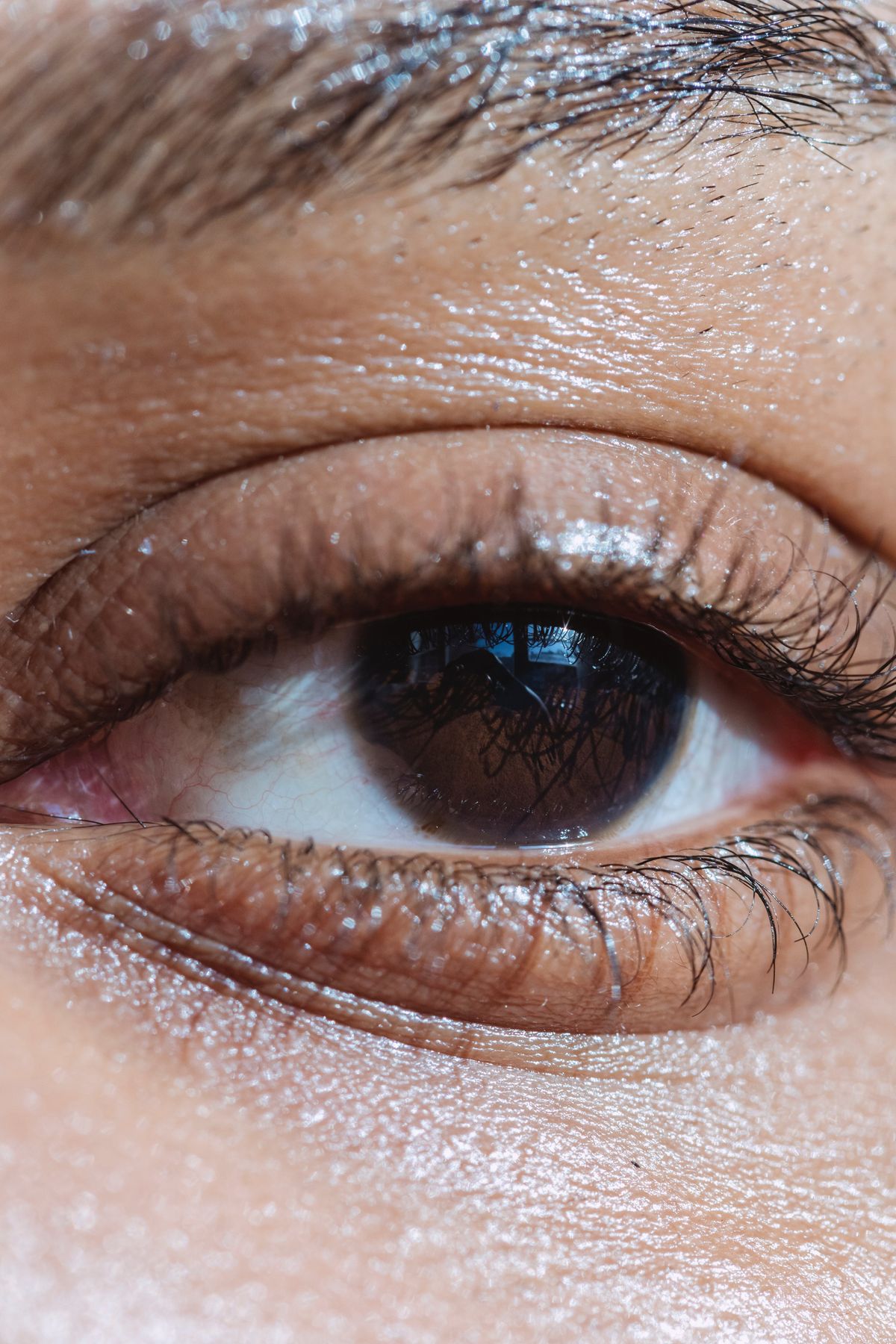The treatment of the lower eyelid with Botox© or similar medications has become a trending topic on social media, including Tik Tok. Commonly referred to as “jelly roll” Botox, this Food and Drug Administration (FDA) off-label treatment has aesthetic goals. But does its apparent increasing popularity mean it is a safe and effective treatment? See a similar discussion on the placement of Botox© or similar medications in a neck and back muscle called the trapezius. It is important to seek not only a fellowship-trained but also a double board-certified facial plastic surgeon if you have aesthetic concerns about your face and/or neck.

Lower Eyelid Botox i.e., “Jelly Roll” Botox: Is it Safe and Effective?
Dr. Jeffrey Harmon
“Jelly Roll” Botox Targets the Lower Eyelid
This treatment targets the lower eyelid with Botox© or similar medications. The target muscle is the orbicularis oculi, which is a muscle that wraps around the eye and is composed of multiple parts delineated by how close the muscle fibers are to the upper and lower eyelid margins. The most lateral portion of the orbicularis oculi is targeted by Botox© or similar medications when the crow’s feet are treated. In contrast, “jelly roll” Botox targets the muscle at the lower eyelid near the margin of the lower eyelid.
The Purpose of the Procedure is to Treat Bunching of the Lower Eyelid
The purpose of this procedure is to reduce bunching of the orbicularis oculi muscle that can be exaggerated in certain individuals who demonstrate hyperactive muscle movement in the lower eyelid. This can be bothersome to some patients, especially when they smile. It can appear as if the muscle and skin are folded on themselves like an accordion and protruding beyond the eyelashes.
Placement of Botox© or Similar Medications in the Orbicularis Oculi at the Lower Eyelid Has Important Safety Considerations
There are important safety considerations with placement of Botox© or similar medications in the lower eyelid. First, the treatment is FDA off-label. As a result, its safety and effectiveness has not yet been official established by the United States (US) government. Second, the orbicularis oculi muscle has an important function in the lower eyelid in that its function is essential to maintain lower eyelid shape and in eye closure. Weakening of the muscle in this location can make the lower eyelid look saggy and overly rounded. It can also limit eye closure, which can lead to or exacerbate dry eye symptoms. Persistently dry eyes can then lead to vision problems. The above risks may not make treatment of this location Botox© or similar medications worthwhile at this time.
Trust Your Face to a Facial Plastic Surgeon
It is important to seek a fellowship-trained specialist in plastic surgery of the face and neck when you have concerns about your face or neck.
Why Choose Dr. Harmon
- The mission of Harmon Facial Plastic Surgery is to help people along their journey towards self-confidence, to feel good about feeling good.
- Dr. Harmon is a double board-certified facial plastic surgeon
- Dr. Harmon values making patients feel welcomed, listened to, and respected.
- Dr. Harmon graduated with honors from Cornell University with a Bachelor of Science degree in molecular biology.
- Dr. Harmon earned his medical degree from the University of Cincinnati.
- Dr. Harmon underwent five years of extensive training in head at neck surgery at the prestigious residency program at the University of Cincinnati.
- Dr. Harmon then underwent focused fellowship training in cosmetic facial plastic surgery through the American Academy of Facial Plastic and Reconstructive Surgery (AAFPRS) with the world-renowned surgeon, Dr. Andrew Jacono, on Park Avenue in New York City.
Request a Consultation
Request a consultation with Dr. Harmon at Harmon Facial Plastic Surgery in Cincinnati. Visit our clinic. You will learn more about Dr. Harmon’s credentials, style, and approach. Build a relationship with our dedicated team. Do not stop searching “plastic surgery near me.” Get in touch with us to learn more.
This blog post is for educational purposes only and does not constitute direct medical advice. It is essential that you have a consultation with a qualified medical provider prior to considering any treatment. This will allow you the opportunity to discuss any potential benefits, risks, and alternatives to the treatment.
